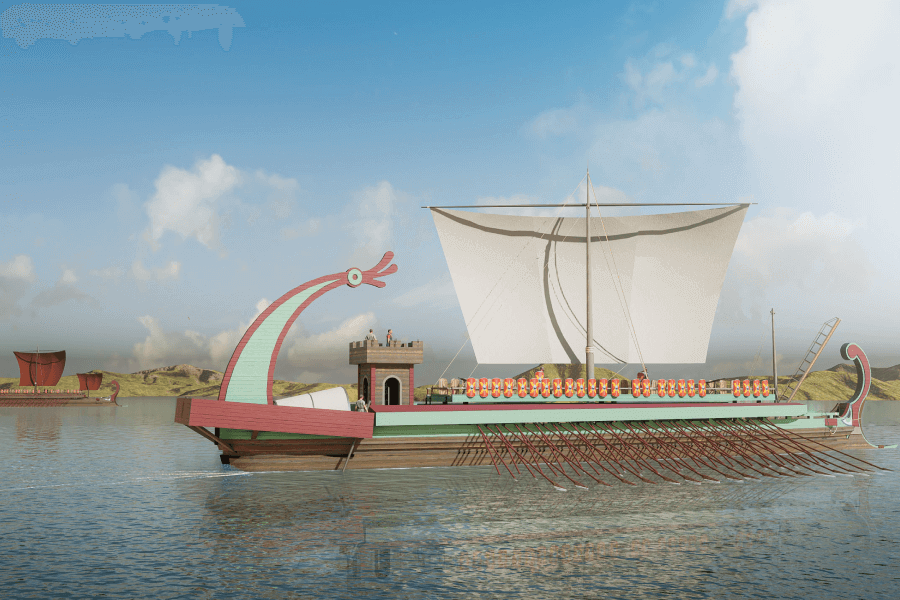Roman Shipbuilding And Navigation IELTS Reading Answers with Explanation
Luyện tập đề IELTS Reading Practice với passage Roman Shipbuilding And Navigation được lấy từ cuốn sách IELTS Cambridge IELTS Practice Test 16 - Test 3 - Passage 1 với trải nghiệm thi IELTS trên máy và giải thích đáp án chi tiết bằng Linearthinking, kèm list từ vựng IELTS cần học trong bài đọc.
📖 Bài đọc (reading passage)
❓ Câu hỏi (questions)
🔥 Answer key (đáp án và giải thích)
Giải thích chi tiết
 Hiểu câu hỏi: The Romans' shipbuilding skills were passed on to the Greeks and the Egyptians.
Hiểu câu hỏi: The Romans' shipbuilding skills were passed on to the Greeks and the Egyptians.
=> Main idea: Roman pass shipbuilding skills -> the Greek and Egyptians
=> Tìm thông tin ai học shipbuilding skills từ ai
---------------
Đọc theo Linearthinking (Read in structure) để nắm ý chính, ta có:


